Md Maidul Islam
Analyzing Musical Characteristics of National Anthems in Relation to Global Indices
Apr 04, 2024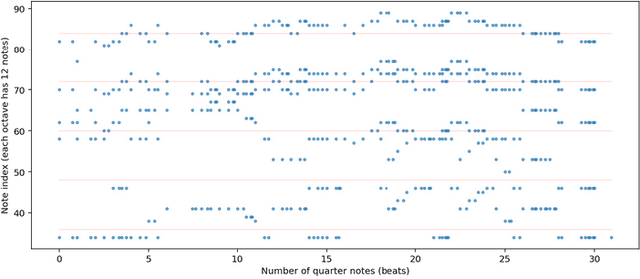
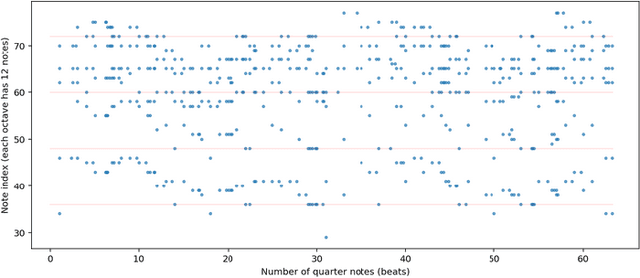
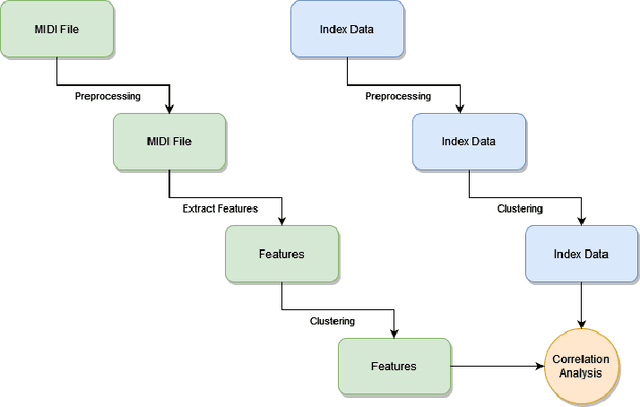
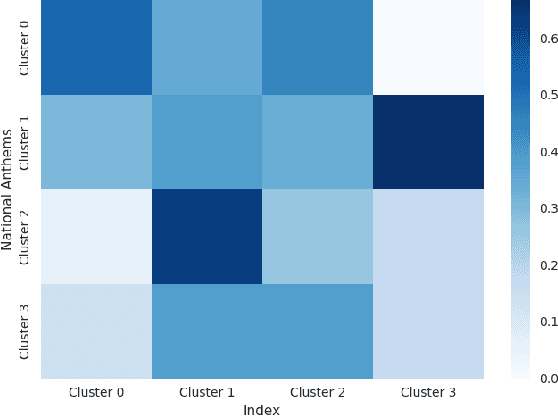
Abstract:Music plays a huge part in shaping peoples' psychology and behavioral patterns. This paper investigates the connection between national anthems and different global indices with computational music analysis and statistical correlation analysis. We analyze national anthem musical data to determine whether certain musical characteristics are associated with peace, happiness, suicide rate, crime rate, etc. To achieve this, we collect national anthems from 169 countries and use computational music analysis techniques to extract pitch, tempo, beat, and other pertinent audio features. We then compare these musical characteristics with data on different global indices to ascertain whether a significant correlation exists. Our findings indicate that there may be a correlation between the musical characteristics of national anthems and the indices we investigated. The implications of our findings for music psychology and policymakers interested in promoting social well-being are discussed. This paper emphasizes the potential of musical data analysis in social research and offers a novel perspective on the relationship between music and social indices. The source code and data are made open-access for reproducibility and future research endeavors. It can be accessed at http://bit.ly/na_code.
Unsupervised clustering of disturbances in power systems via deep convolutional autoencoders
Jun 08, 2023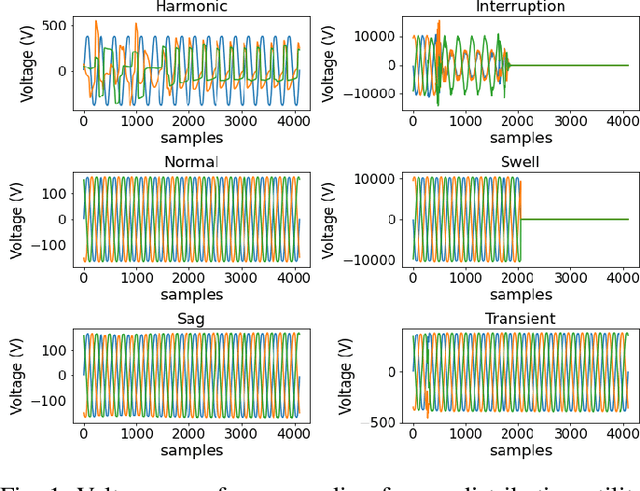

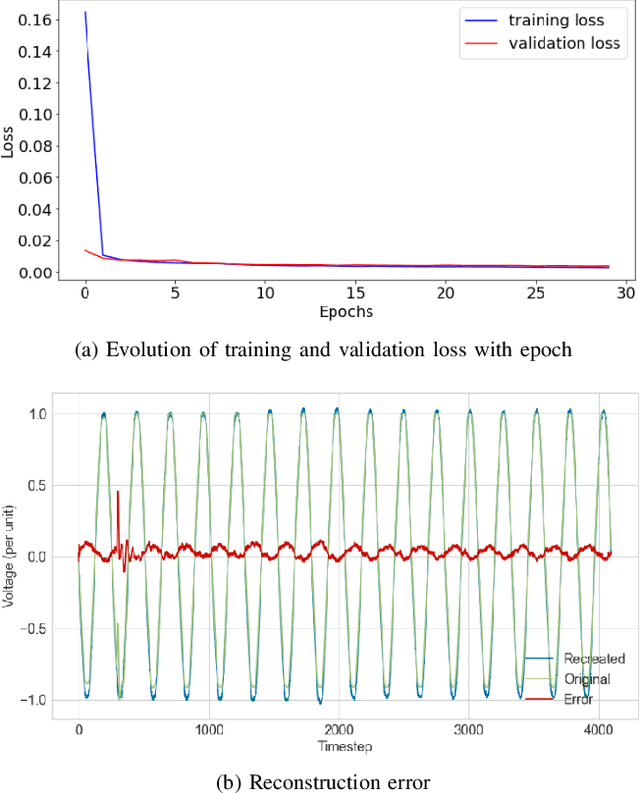
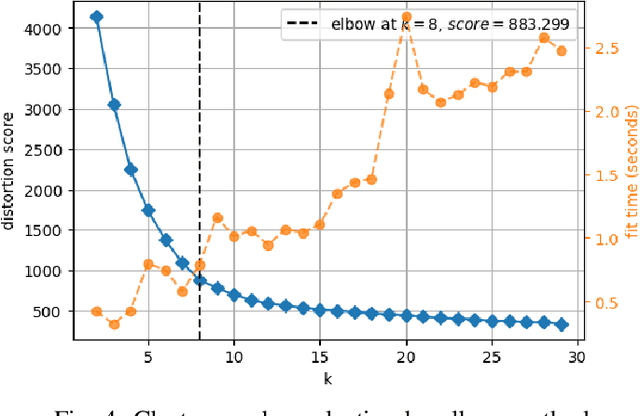
Abstract:Power quality (PQ) events are recorded by PQ meters whenever anomalous events are detected on the power grid. Using neural networks with machine learning can aid in accurately classifying the recorded waveforms and help power system engineers diagnose and rectify the root causes of problems. However, many of the waveforms captured during a disturbance in the power system need to be labeled for supervised learning, leaving a large number of data recordings for engineers to process manually or go unseen. This paper presents an autoencoder and K-means clustering-based unsupervised technique that can be used to cluster PQ events into categories like sag, interruption, transients, normal, and harmonic distortion to enable filtering of anomalous waveforms from recurring or normal waveforms. The method is demonstrated using three-phase, field-obtained voltage waveforms recorded in a distribution grid. First, a convolutional autoencoder compresses the input signals into a set of lower feature dimensions which, after further processing, is passed to the K-means algorithm to identify data clusters. Using a small, labeled dataset, numerical labels are then assigned to events based on a cosine similarity analysis. Finally, the study analyzes the clusters using the t-distributed stochastic neighbor embedding (t-SNE) visualization tool, demonstrating that the technique can help investigate a large number of captured events in a quick manner.
 Add to Chrome
Add to Chrome Add to Firefox
Add to Firefox Add to Edge
Add to Edge